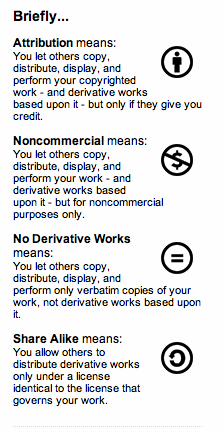Yahoo
DNS Changer Malware Alert
You may not know this, but while you were surfing the net you may have downloaded a piece of malware called DNS Changer. If so, then tomorrow you may not be able to log onto the Internet. Here is an article from KVUE.com that explains why and how this happened quite well. Basically, there are…
Read MoreWord-Of-Mouth Marketing Online –Equals Healthy Sales
Small and medium-sized business owners, you know how vital it is to the health of your business that you make a great impression with all of your customers, who then, of course, tell their friends. Plain and simple that’s word-of-mouth advertising. Undeniably, it’s the best way of introducing your business to potential new customers and…
Read MoreWisconsin’s Herb Kohl on Monopoly-Busting Google
This just in… Herb Kohl’s office released this press release yesterday. Below are excerpts from his Opening Statement Of U.S. Senator Herb Kohl For The Of Hearing, “The Power Of Google: Serving Consumers Or Threatening Competition?” “The basic premise of Google at its founding was that it would build an unbiased search engine — that…
Read MoreVanity Suffixes For Your Domain, Small Businesses Need Not Apply
This week in Singapore, the Internet Corporation for Assigned Names and Numbers (ICANN), which is the Internet body that oversees domain names, voted to open the control of domain suffixes a.k.a. gTLD (generic top-level domains) like .com, .net, .biz, etc. In the past they have allowed a total of only 22 suffixes. Going forward, companies…
Read MoreFree -and Legal- Images for Your Blog
For basic tips on using images online, please see our blog, Image Basics for Bloggers, from last week. What is Creative Commons? In the past, buying photography was expensive and complicated. Royalties needed to be paid and photos were limited to many restrictions on how they could be used. Then along came Creative Commons in…
Read MoreSEO Basics: Get the Most from Keywords
Why do you need Keywords? They lay the foundation for Search Engine Optimization (SEO). And SEO is how you get visitors to your site. It lets people know you exist. Keywords are used by search engines to find a product or service like yours and match it to the customer looking for that. Close your…
Read MoreChris Brogans- What is the Focus and Purpose of Your Blog
I was digging through some of my archives and came across this article from Chris Brogan, one of my favorite thought leaders in the social media arena. It is about the focus and purpose of your blog. Chris starts by suggesting that you, “Ask yourself that question: what is the focus and the purpose of my…
Read More


